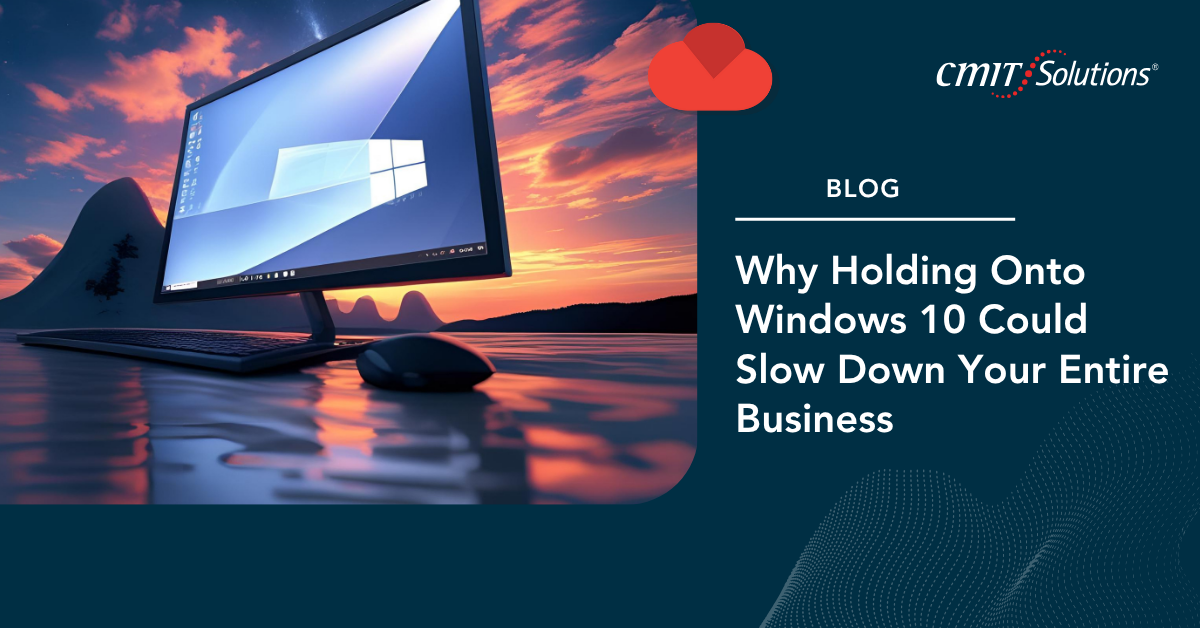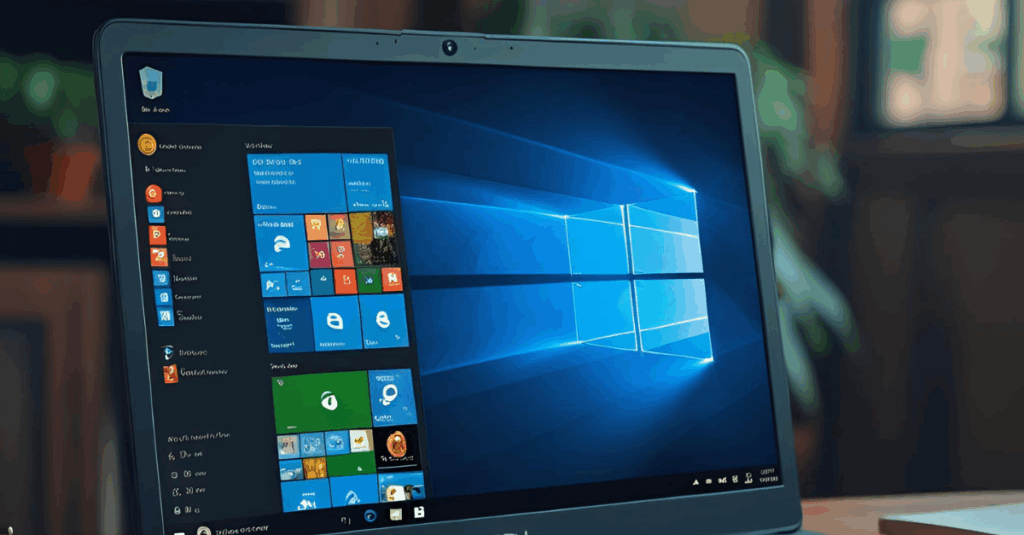What Is Windows 10 End of Support?
Microsoft announced that Windows 10 will reach its official end of support on October 14, 2025 [source]. After this date, the operating system will no longer receive security updates, bug fixes, or feature improvements. This means any business still relying on Windows 10 will be operating on software that is increasingly vulnerable and outdated.
While the OS has been a trusted workhorse for many years, its retirement signals a critical turning point for small and midsize businesses (SMBs). Continuing to use an unsupported system puts your data, productivity, and compliance at risk.
How Legacy Operating Systems Create Hidden Costs
Businesses often hold on to legacy systems to avoid the perceived cost and hassle of upgrading. But in reality, these older systems incur hidden costs that add up quickly:
- Frequent security patches and IT workarounds
- Slower system performance and user frustration
- Incompatibility with modern business software
- Increased downtime from system crashes or bugs
Failing to transition to a supported OS impacts not just your budget, but your team’s efficiency. Modern platforms come equipped with AI integrations, real-time collaboration tools, and robust endpoint protection, which legacy systems lack.
The Security Risks of Unsupported Platforms
Once Microsoft halts security updates, Windows 10 becomes a soft target for cybercriminals. Unsupported platforms lack protection against newly discovered vulnerabilities, making them an ideal entry point for malware and ransomware attacks.
Without regular patches, your firewall, antivirus, and even your email security filters might not be enough to defend your system. Attackers increasingly target outdated operating systems because they know defenses will remain static and unpatched.
This is where adopting a multi-layered security model—one that includes endpoint detection, network monitoring, and user access controls—is essential for maintaining your security posture.
Compliance Concerns: HIPAA, PCI, and Beyond
If your business operates in regulated industries like healthcare, finance, or retail, running unsupported systems could lead to compliance violations. Standards like HIPAA, PCI-DSS, and GDPR require businesses to maintain up-to-date and secure systems.
Neglecting upgrades can result in fines, failed audits, and lost customer trust. A strong disaster recovery plan must include timely OS updates as part of your risk management strategy.
Integration Problems with New Technology
Another major issue with legacy systems is incompatibility. As modern business apps evolve, they’re optimized for the latest platforms. Tools such as Microsoft Intune, remote management systems, and AI-driven applications often require newer OS versions.
Holding onto Windows 10 can block your ability to adopt new tools and limits access to features like SIEM tools for advanced security monitoring, productivity tracking, or compliance automation.
How Downtime Affects Productivity
Outdated systems are prone to glitches, bugs, and slow load times. Over time, this creates bottlenecks that reduce your team’s output. Whether it’s an app failing to launch or a system freezing mid-task, these disruptions erode employee morale and customer experience.
Cloud services and hybrid infrastructure options are designed to improve uptime and resilience—something legacy platforms simply cannot offer without a significant support burden.
What’s the Alternative? Embracing Modern Infrastructure
The solution is not just about upgrading the operating system—it’s about rethinking how your entire IT environment supports your goals. A modern infrastructure may include:
- Cloud-hosted desktops with secure access
- Real-time unified communication tools
- Endpoint and network security integration
- Support for hybrid and remote work models
By partnering with a provider like CMIT Solutions of Bothell and Renton, you gain access to managed IT services that make upgrades seamless, secure, and scalable.
Why SMBs Need Managed IT Services
Making the jump to modern platforms is a strategic move—but it requires proper execution. A managed service provider (MSP) helps you:
- Assess your existing environment and prioritize updates
- Automate patching and monitoring
- Implement cloud backup and secure access protocols
- Stay ahead of compliance changes
Working with experts ensures that upgrades don’t interrupt business. CMIT Solutions offers a proactive IT model—more than just fixing problems, they help you prevent them.
Beyond Security: Enhancing Collaboration and Innovation
Upgrading from Windows 10 doesn’t just fix risks—it unlocks new potential. Businesses moving to Windows 11 and other modern platforms gain access to tools like AI-enhanced search, better voice recognition, and collaboration platforms that improve workflows.
Outdated systems can’t support these innovations, meaning your business will miss out on the benefits of real-time decision-making, automation, and performance optimization.
Conclusion
Sticking with Windows 10 past its expiration date may seem like a money-saving move, but the long-term costs—security threats, productivity loss, compliance issues—far outweigh the short-term convenience.
With the help of a partner like CMIT Solutions of Bothell and Renton, SMBs can make the transition efficiently and securely. Whether it’s implementing endpoint protection, setting up cloud services, or developing a compliance roadmap, modernizing your IT stack is a smart investment.
Now is the time to move forward. Don’t let outdated technology become the bottleneck in your growth strategy.







